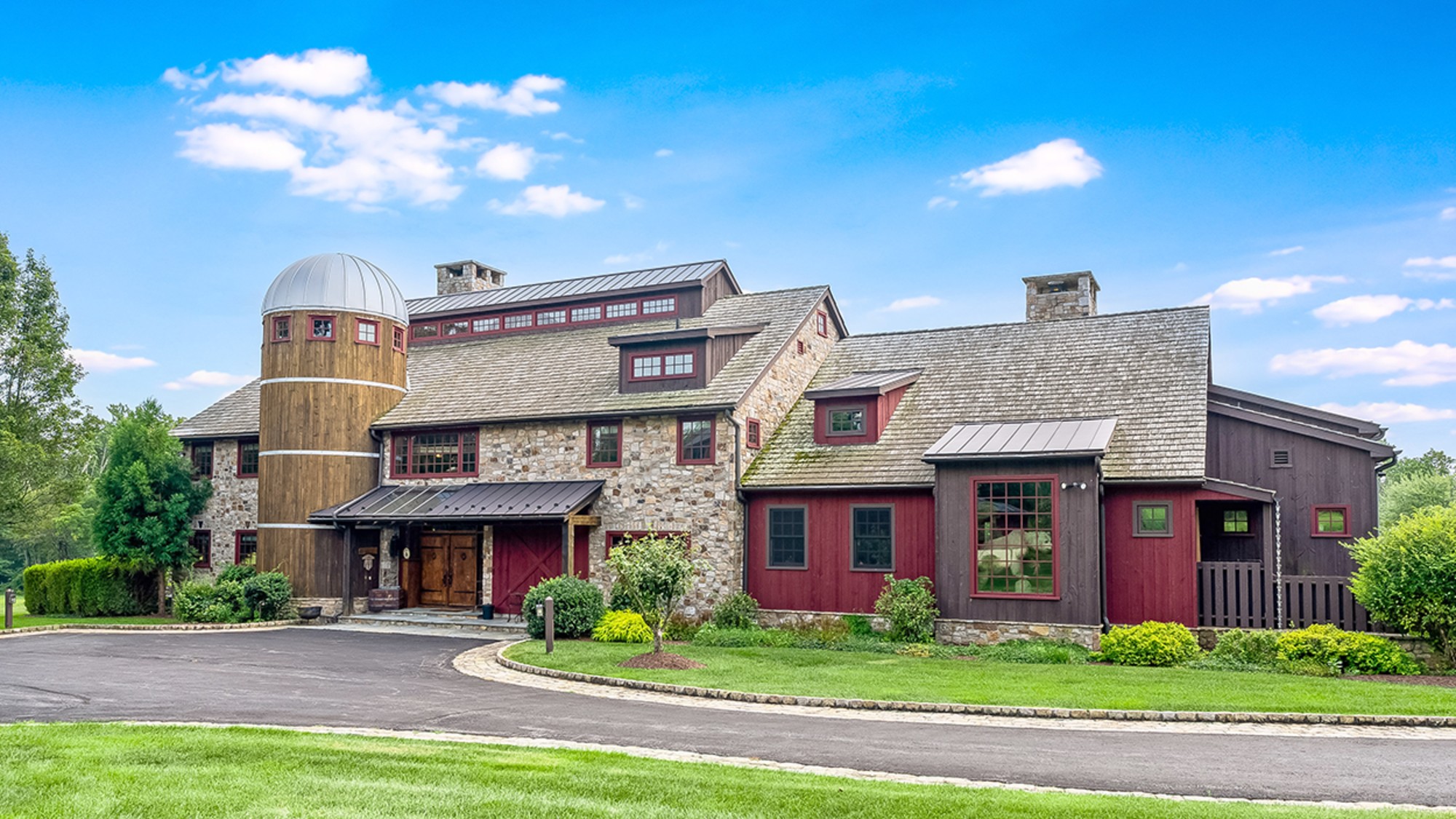Getting the flavor of ... Moonwalking in Colorado
In southern Colorado, a volcano that erupted 25 million years ago left a landscape more fantastic and otherworldly than the moon's.
Moonwalking in Colorado
To call Colorado’s Wheeler Geologic Area a moonscape “gives the moon too much credit,” said Robert Earle Howells in National Geographic Adventure. When La Garita Caldera, in southern Colorado, erupted more than 25 million years ago, it left behind volcanic ash that over time transformed into spires, capstones, and needles “more fantastic than any geology found in Earth’s orbit.” This otherworldly landscape is undoubtedly “more accessible” than that of the moon: Rio Grande National Forest Service Trail 790 offers a fairly direct route, though rangers warn it’s no “casual trip.” Start on Pool Table Road, departing from Hanson’s Mill picnic and camping area. From there, a seven-mile trek moves north through wildflower meadows and fir, aspen, and spruce forests, “suggesting nothing of the badlands ahead.” Once you’re a half-mile outside Wheeler, “set up shop at one of the primitive campsites” and begin the 3.2-mile loop around the “geological weirdness.” Contact: www.Fs.fed.us/r2/riogrande
Florida’s Indian summer
The Week
Escape your echo chamber. Get the facts behind the news, plus analysis from multiple perspectives.

Sign up for The Week's Free Newsletters
From our morning news briefing to a weekly Good News Newsletter, get the best of The Week delivered directly to your inbox.
From our morning news briefing to a weekly Good News Newsletter, get the best of The Week delivered directly to your inbox.
Cedar Key, Fla., is the kind of place where you can spend the day “people- and pelican-watching,” said Amy Reinink in The Washington Post. This tiny island community on the Gulf of Mexico preserves the Florida that author Zora Neale Hurston lived in and wrote about, a “state of scrub oak, palmetto fronds, and brown pelicans perched on weathered bulkheads.” Tabby houses constructed with walls made of seashells line the streets, along with distinctively Floridian “cracker-style houses with cozy front porches.” Spanish moss drips from the trees “like some kind of Southern garland.” Though the months of October and November may be chilly farther north, they “form one long, sunny Indian summer” here. You can bike around the island or paddle out to the Cedar Keys National Wildlife Refuge—a chain of 13 tiny, underdeveloped islands that abound with wading birds such as egrets and white ibises, as well as crabs, manatees, and cottonmouth snakes. Contact: Cedarkey.org
A free daily email with the biggest news stories of the day – and the best features from TheWeek.com
-
 6 lovely barn homes
6 lovely barn homesFeature Featuring a New Jersey homestead on 63 acres and California property with a silo watchtower
-
 Film reviews: ‘Marty Supreme’ and ‘Is This Thing On?’
Film reviews: ‘Marty Supreme’ and ‘Is This Thing On?’Feature A born grifter chases his table tennis dreams and a dad turns to stand-up to fight off heartbreak
-
 Political cartoons for December 14
Political cartoons for December 14Cartoons Sunday's political cartoons include a new White House flag, Venezuela negotiations, and more